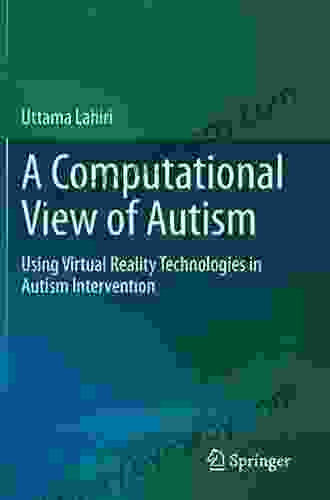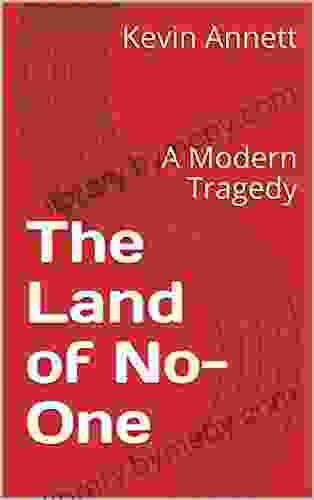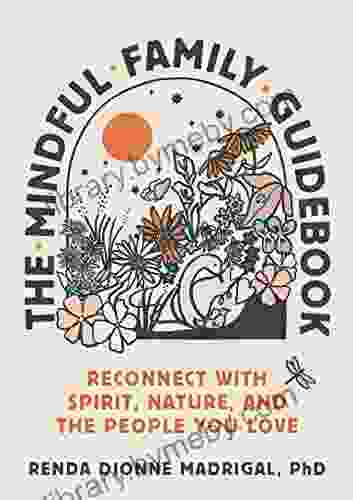A Computational View of Autism: Unlocking the Puzzle of Neurodiversity

4.6 out of 5
| Language | : | English |
| File size | : | 27030 KB |
| Text-to-Speech | : | Enabled |
| Screen Reader | : | Supported |
| Enhanced typesetting | : | Enabled |
| Word Wise | : | Enabled |
| Print length | : | 302 pages |
Autism spectrum disFree Download (ASD) is a complex neurodevelopmental condition characterized by social difficulties, communication challenges, and repetitive behaviors. Understanding the underlying mechanisms of ASD has been a persistent challenge for researchers and clinicians alike. However, recent advancements in computational science are providing novel insights into the disFree Download, offering fresh perspectives on diagnosis, intervention, and treatment.
Computational Approaches to Autism
Computational approaches to autism leverage machine learning, artificial intelligence (AI),and other computational techniques to analyze vast amounts of data and identify patterns that may be invisible to the human eye. These methods allow researchers to extract meaningful insights from brain scans, genetic profiles, behavioral observations, and other relevant data sources.
Brain Imaging Analysis
Computational analysis of brain scans, such as MRI and fMRI, has revealed differences in brain structure and connectivity in individuals with ASD compared to neurotypical individuals. Machine learning algorithms can identify these subtle differences, providing potential biomarkers for early diagnosis and personalized treatment planning.
Genetic Analysis
ASD has a strong genetic basis, with numerous studies identifying specific gene mutations and variations associated with the disFree Download. Computational approaches can analyze genetic data to identify risk factors, predict susceptibility, and develop targeted therapies.
Behavioral Analysis
Analyzing behavioral data, such as social interactions and repetitive movements, can provide valuable insights into the cognitive and emotional profiles of individuals with ASD. Computational techniques can identify patterns and correlations in behavior, helping to develop individualized interventions tailored to specific needs.
Benefits and Applications
Computational approaches to autism offer significant benefits for diagnosis, intervention, and treatment:
Early Diagnosis
Machine learning algorithms can analyze brain scans and genetic data to identify individuals at risk for ASD, even before symptoms appear. Early diagnosis allows for timely intervention and support, improving long-term outcomes.
Personalized Treatment
Computational methods can help clinicians develop personalized treatment plans based on individual profiles of brain activity, genetics, and behavior. This tailored approach leads to more effective outcomes and reduces trial-and-error approaches.
Targeted Interventions
Computational analysis of behavioral data can identify specific areas where individuals with ASD need support. This information guides the development of targeted interventions that address unique challenges and strengths.
Advancement of Autism Research
Computational approaches are accelerating the pace of autism research. By analyzing large datasets and identifying complex patterns, researchers can gain a deeper understanding of the biological and cognitive mechanisms underlying ASD.
Challenges and Future Directions
While computational approaches offer promising opportunities, there are challenges to consider:
Data Availability and Quality
Access to high-quality and comprehensive data is essential for effective computational analysis. Collaboration and data sharing among researchers and clinicians are crucial to address this challenge.
Interpretability and Explainability
It can be difficult to interpret the results of computational models and explain how they contribute to our understanding of ASD. Researchers and clinicians need to develop methods to make these models more transparent and accessible.
Ethical Considerations
The use of computational approaches in autism research and practice raises ethical considerations related to privacy, consent, and the potential for bias and discrimination. Ethical guidelines and regulations are necessary to ensure the responsible use of these technologies.
The computational approach to autism is providing transformative insights into the disFree Download, unlocking the potential for early diagnosis, personalized treatment, and targeted interventions. As computational methods continue to advance, we can expect even more groundbreaking discoveries that will revolutionize our understanding and management of ASD. By bridging the gap between cutting-edge computational science and the complexities of autism, we can empower individuals on the spectrum to live fulfilling and meaningful lives.
4.6 out of 5
| Language | : | English |
| File size | : | 27030 KB |
| Text-to-Speech | : | Enabled |
| Screen Reader | : | Supported |
| Enhanced typesetting | : | Enabled |
| Word Wise | : | Enabled |
| Print length | : | 302 pages |
Do you want to contribute by writing guest posts on this blog?
Please contact us and send us a resume of previous articles that you have written.
 Book
Book Novel
Novel Page
Page Chapter
Chapter Text
Text Story
Story Genre
Genre Reader
Reader Library
Library Paperback
Paperback E-book
E-book Magazine
Magazine Newspaper
Newspaper Paragraph
Paragraph Sentence
Sentence Bookmark
Bookmark Shelf
Shelf Glossary
Glossary Bibliography
Bibliography Foreword
Foreword Preface
Preface Synopsis
Synopsis Annotation
Annotation Footnote
Footnote Manuscript
Manuscript Scroll
Scroll Codex
Codex Tome
Tome Bestseller
Bestseller Classics
Classics Library card
Library card Narrative
Narrative Biography
Biography Autobiography
Autobiography Memoir
Memoir Reference
Reference Encyclopedia
Encyclopedia Nana Jokura
Nana Jokura Wakefield Poole
Wakefield Poole Tim Judah
Tim Judah Toby A H Wilkinson
Toby A H Wilkinson Mary Grace Fahrun
Mary Grace Fahrun Linda Babcock
Linda Babcock Polo Tate
Polo Tate Wolfgang Riebe
Wolfgang Riebe Wesley Avila
Wesley Avila Norma Macdonald
Norma Macdonald Pete Harris
Pete Harris S L Giger
S L Giger Owen Jones
Owen Jones Stephanie R Haynes
Stephanie R Haynes Phil Bourque
Phil Bourque Suzuki Aika
Suzuki Aika Massoumeh Ebtekar
Massoumeh Ebtekar Yvette Durazo
Yvette Durazo Jonathan Dehart
Jonathan Dehart Lexi Sundell
Lexi Sundell
Light bulbAdvertise smarter! Our strategic ad space ensures maximum exposure. Reserve your spot today!
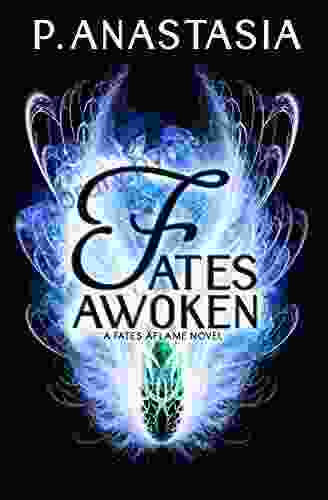
 Federico García LorcaFates Awoken Fates Aflame: The Epic Fantasy Novel You Won't Be Able to Put...
Federico García LorcaFates Awoken Fates Aflame: The Epic Fantasy Novel You Won't Be Able to Put... Anton ChekhovFollow ·12.7k
Anton ChekhovFollow ·12.7k Bob CooperFollow ·10.8k
Bob CooperFollow ·10.8k José MartíFollow ·18.8k
José MartíFollow ·18.8k Ted SimmonsFollow ·4.9k
Ted SimmonsFollow ·4.9k Ed CooperFollow ·4.7k
Ed CooperFollow ·4.7k Graham BlairFollow ·14.9k
Graham BlairFollow ·14.9k Randy HayesFollow ·5.8k
Randy HayesFollow ·5.8k Natsume SōsekiFollow ·16.8k
Natsume SōsekiFollow ·16.8k
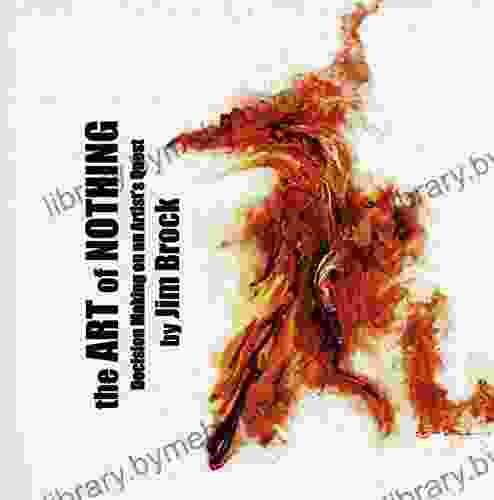
 Clay Powell
Clay PowellDiscover the Enigmatic Beauty and Profound Meaning in...
An Exploration of Emptiness, Fulfillment,...

 Brenton Cox
Brenton CoxThe Life and Times of the Woman Who Changed Abortion: The...
Norma McCorvey, the woman known...

 Darius Cox
Darius CoxBest 60 Short Hairstyles For Women With Thick Hair: A...
Embracing the beauty of...

 John Parker
John ParkerThe Healthy Pregnancy Book: Your Essential Guide to a...
Pregnancy is a...
4.6 out of 5
| Language | : | English |
| File size | : | 27030 KB |
| Text-to-Speech | : | Enabled |
| Screen Reader | : | Supported |
| Enhanced typesetting | : | Enabled |
| Word Wise | : | Enabled |
| Print length | : | 302 pages |


